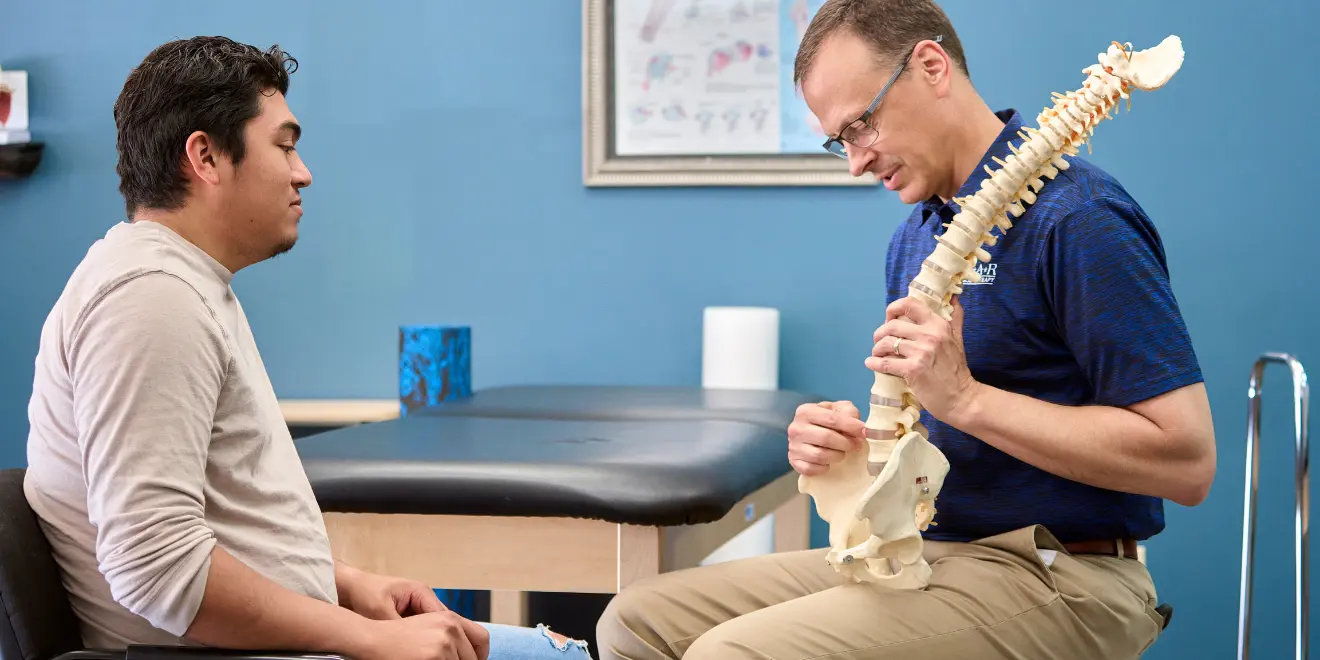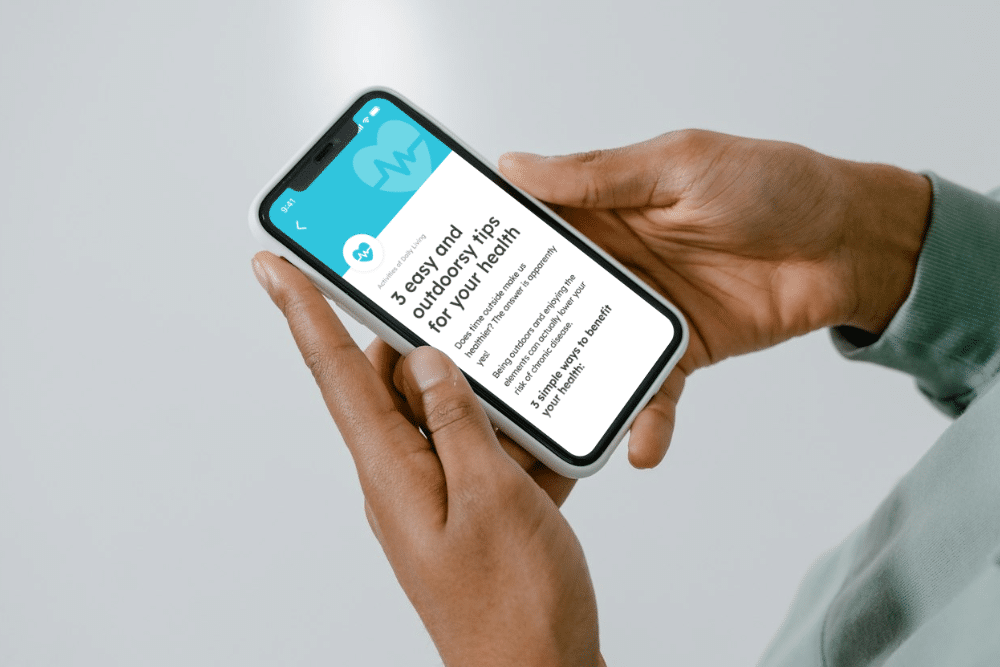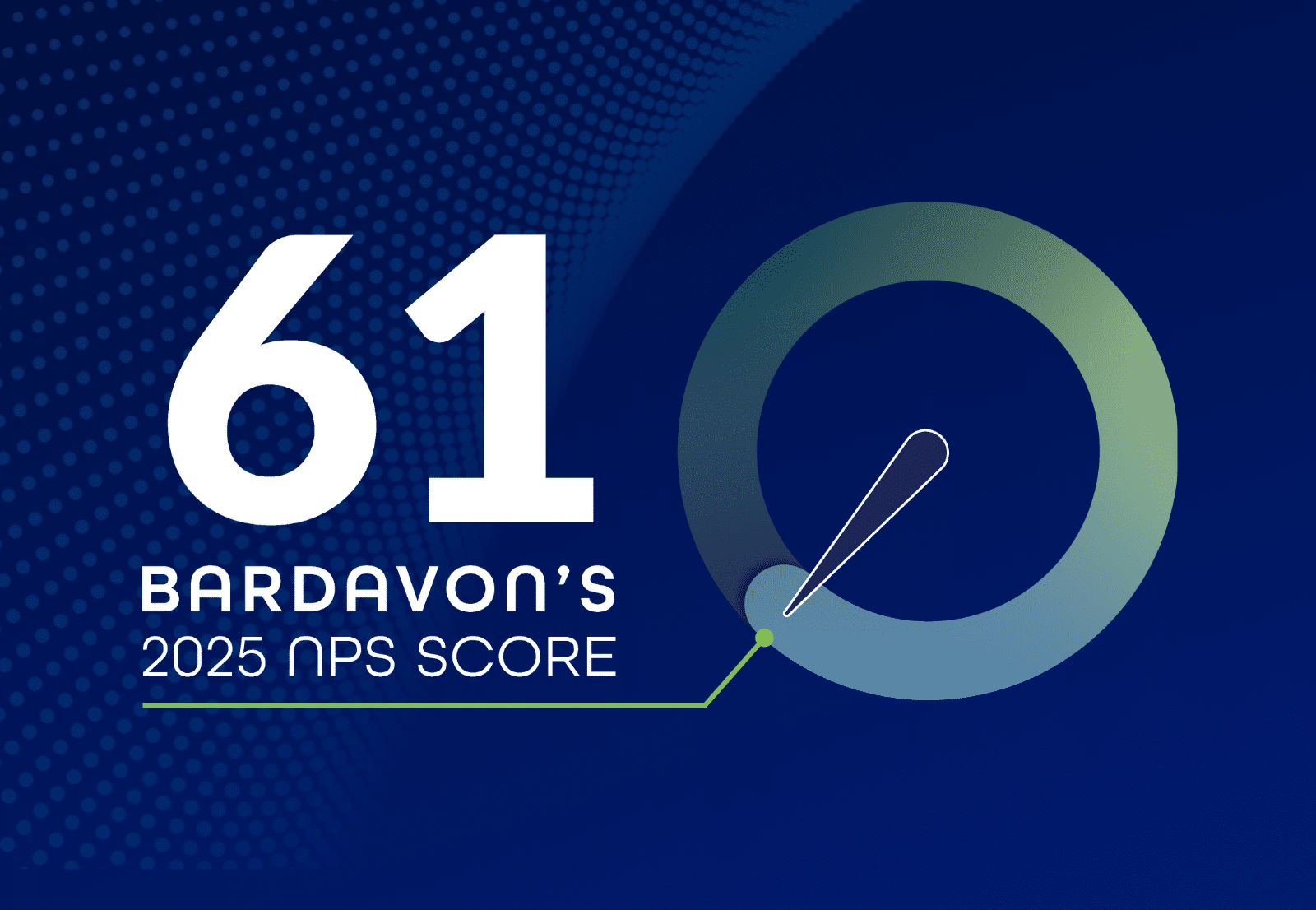Blog
Hear from our experts
Our expert employees are not only focused on healing injured workers, but also contributing to the industries we serve.

Accelerating Recovery: The Power of Effective Care Coordination
For an injured worker, recovery involves more than just physical healing; it requires a supportive and well-coordinated care experience. Unfortunately, poorly defined and executed care coordination is one of the top barriers to effective recovery …
Read More

Improving Workers Compensation Outcomes through Injured Worker Engagement
The success of a workers’ compensation claim often hinges on a single factor: the injured worker’s experience. Studies show that an injured employee’s perception of their situation can significantly impact recovery time, costs, and overall …
Read More

What is Biopsychosocial + How Bardavon Can Help
When you break it down, the biopsychosocial approach refers to three systems that could impact one’s recovery: biological, psychological, and social. This approach, sometimes referred to as the biopsychosocial model, provides care providers with a framework to …
Read More


